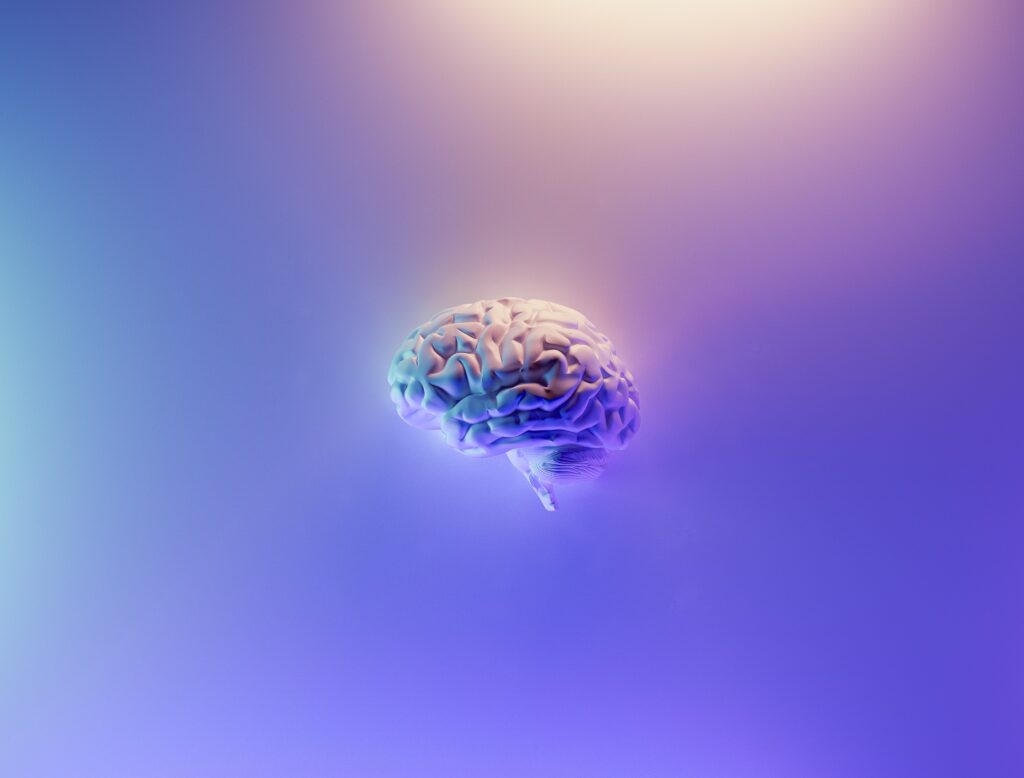Introduction:
Language is an extraordinary human capacity that lies at the core of our ability to communicate, express thoughts, and share emotions. The intricate process of understanding and producing language involves a symphony of neural activities within our brains. In this blog post, we will explore the fascinating journey of how our brains process language, shedding light on the key regions and mechanisms involved in this remarkable cognitive feat.
- Language Comprehension:
When we hear or read a sentence, the process of language comprehension begins. The primary brain region responsible for this task is known as Wernicke’s area, located in the left hemisphere of the brain. As sound waves or written words reach our ears or eyes, the brain’s auditory and visual cortices process the input and relay it to Wernicke’s area.
Wernicke’s area is responsible for extracting the meaning of words and assembling them into coherent phrases. It also connects with other brain regions responsible for memory, allowing us to recognize familiar words and understand their significance in context. The process of comprehending language is rapid and subconscious, enabling us to effortlessly understand the words and sentences we encounter.
- Language Production:
When we speak or write, the process of language production is engaged. Broca’s area, located in the left frontal lobe of the brain, plays a crucial role in this stage. It is responsible for organizing the motor movements required for speech and translating our thoughts into a sequence of words.
Broca’s area also connects with Wernicke’s area, allowing for smooth coordination between language comprehension and production. Interestingly, damage to Broca’s area can lead to a condition called Broca’s aphasia, where individuals have difficulty forming grammatically correct sentences while maintaining relatively good language comprehension.
- The Arcuate Fasciculus:
The connection between Wernicke’s area and Broca’s area is made possible by a bundle of nerve fibers called the arcuate fasciculus. This white matter tract enables the seamless transfer of information between the language comprehension and production regions of the brain. It is crucial for tasks such as repeating sentences heard from others.
- Syntax and Grammar:
Language processing also involves the comprehension and application of syntax and grammar rules. The left hemisphere, particularly the posterior superior temporal gyrus, is associated with the analysis of sentence structure and grammatical rules. This region helps us distinguish between grammatically correct and incorrect sentences, ensuring that our communication remains coherent and intelligible.
- Semantic Processing:
The meaning of words and their associations with concepts is a vital aspect of language processing. Semantic processing occurs in various brain regions, including the left temporal lobe and the anterior cingulate cortex. These areas work together to link words to their appropriate meanings and activate related concepts in our mental lexicon.
Conclusion:
The human brain’s ability to process language is a marvel of evolutionary achievement. The intricate interplay between Wernicke’s area, Broca’s area, the arcuate fasciculus, and other brain regions allows us to effortlessly comprehend and produce complex linguistic structures. As we communicate, our brains perform lightning-fast computations, seamlessly integrating sound and meaning to create a tapestry of words, sentences, and stories.
Understanding how our brains process language not only helps us appreciate the wonder of human cognition but also sheds light on language disorders and provides valuable insights into language acquisition and development. As we continue to explore the mysteries of the human mind, the study of language processing remains a captivating frontier in neuroscience, offering glimpses into the essence of what makes us uniquely human.


